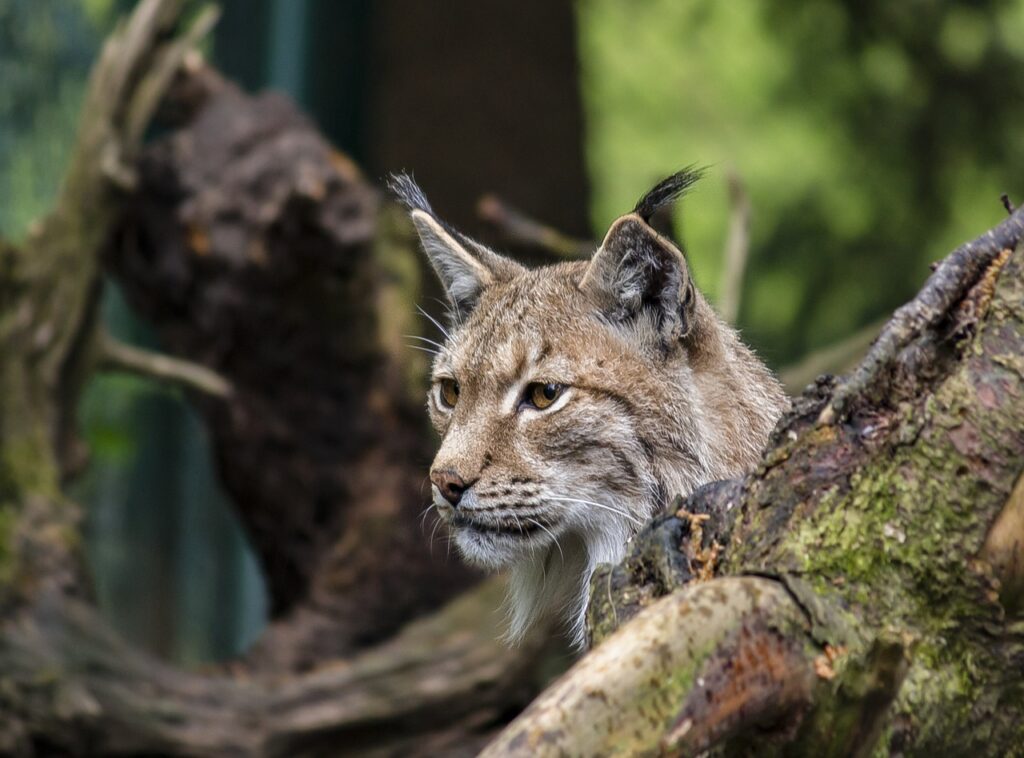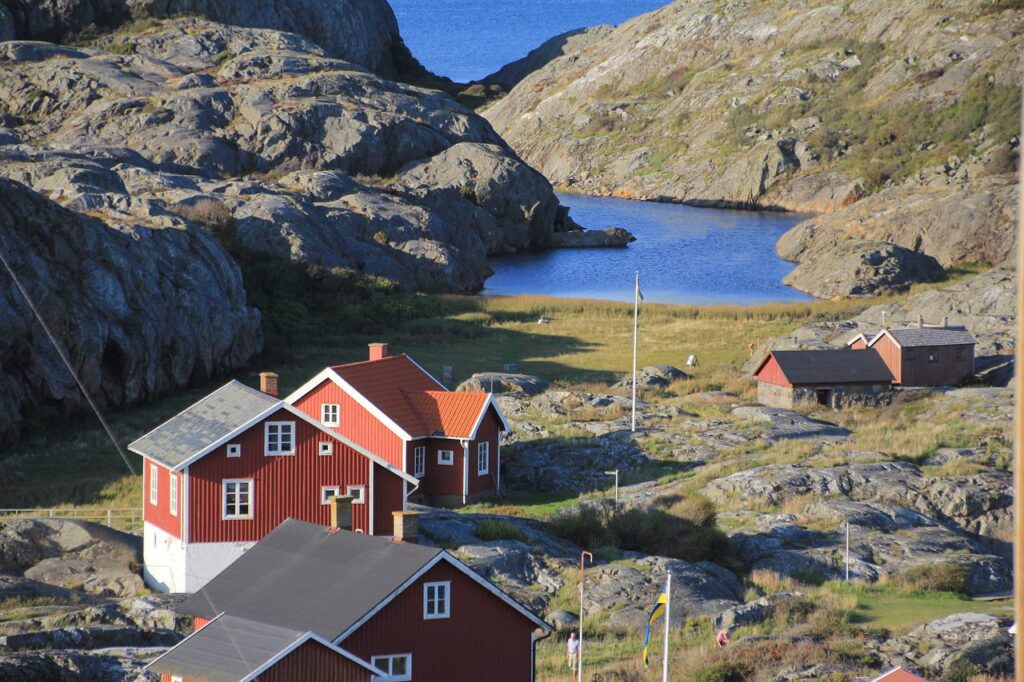The Most Dangerous Animals in Scandinavia
Scandinavia is a region that boasts rich and diverse wildlife that has existed since the ice age. During this time, the region was home to large mammals such as mammoths and giant deer. But the most dangerous animals in Scandinavia are not limited to extinct species. Scandinavia today is home to a wide range of animals, including bears, wolves, snakes, and many others. This vast array of wildlife is a testament to the region’s natural beauty and magnificence. The diversity of this wildlife is one of the reasons why Scandinavia is such a unique and magical place to visit. The most dangerous mammals in Scandinavia Wild boar Wild boars, also known as wild pigs, are a species of large and powerful mammals native to Scandinavia. They are 100-200 cm in length and can weigh up to 200 kg. Wild boars can be found today in Denmark, Sweden, and Norway. Wild boars have a muscular build, with thick, bristly fur that comes in shades of black, brown, and red. They have sharp tusks, for foraging and self-defense, and a keen sense of smell, which they use to locate food. Wild boars have an omnivorous diet, which includes a wide range of foods such as roots, berries, and small mammals. Their behavior is aggressive and territorial, especially during the breeding season and when defending their young. Despite their small size compared to other dangerous animals in Scandinavia, wild boars can be aggressive and pose a significant threat to humans who come too close. This is due to their sharp tusks, which are capable of inflicting serious injuries. Lynx The lynx is a medium-sized wild cat native to Scandinavia and other parts of Europe and Asia. These cats have distinctive tufted ears, ruffed fur around their neck, and paws to help them through the snow. Lynx are solitary animals that are nocturnal with stealthy and elusive behavior. They hunt small mammals, such as rabbits and rodents. If necessary, they also take down larger prey, such as deer and reindeer. You can see lynxes all across Sweden and Norway. Although it is not the most dangerous animal in the Scandinavian region, it is still strongly advised to avoid getting too close. Brown bear The brown bear, also known as the grizzly bear, is a massive and powerful carnivore that inhabits the Scandinavian wilderness. With its massive size, shaggy fur, and strong jaws, the brown bear is an imposing animal within Scandinavia. Despite its fearsome reputation, the brown bear is generally a shy and solitary creature that avoids human contact. Yet, when faced with a perceived threat, these animals can become aggressive and dangerous. Without a doubt, even a shy bear is one of the most dangerous animals in Scandinavia. Wolf The wolf is a fascinating and intelligent species that has lived in the wilds of Scandinavia for thousands of years. These majestic creatures are social animals, living in packs and relying on their close-knit group dynamic to hunt and survive. While they are wary of humans, it is important to exercise caution if you encounter a wolf in the wild. One of the key traits of the wolf is its pack mentality, where each individual plays a vital group role. This strong sense of community makes them intelligent animals capable of thriving in a variety of environments. Their keen senses, especially their sense of smell, make them skilled hunters that can bring down large prey with ease. Wolves are among the most dangerous animals you can come across in Scandinavia. Most packs of Scandinavian wolves live in central Sweden and southeastern Norway. Moose Moose, also known as elks, is the largest species of deer you can find throughout much of Scandinavia. They can reach a height of up to 2 meters at the shoulder and can weigh up to 600 kg. This makes them a formidable presence in the Scandinavian wild. Moose have a distinctive appearance, with long legs, a humped back, and a large, broadhead with massive antlers. Despite their peaceful and solitary nature, moose can pose a threat to humans. During the breeding season, males become territorial and aggressive. Moose are also unpredictable and can become dangerous if they feel cornered or threatened. Their powerful bodies and sharp antlers can cause serious injury or death if they decide to attack. The most dangerous reptiles in Scandinavia Adder (Viper) The adder is a species of venomous snake that is native to Europe, North Africa, and Asia. They are also the only venomous snakes in Denmark, Sweden, and Norway. That alone, makes adders the most dangerous animal you can find in Scandinavia. They are usually between 50-60 cm in length, although some specimens can grow up to 80 cm. Adders have a distinctive zigzag pattern, brown or grey, with a darker stripe running down the center of their back. They have triangular heads and slit-like pupils, typical adaptations of venomous snakes. In terms of diet, adders primarily feed on small mammals, birds, and lizards. They ambush their prey, striking with lightning speed and injecting them with a toxic venom that immobilizes their victim. Their venom is a powerful neurotoxin that can cause serious injury or death to humans if left untreated. Danish grass snake The Danish grass snake is a black or brown snake that is common in Denmark. However, you can encounter a grass snake in all Scandinavian countries. It is important to keep a distance if you see one in the wild. Although the Danish grass snake is non-venomous, it will easily bite you if it feels threatened or cornered! Fatalities from a grass snake bite in Scandinavia are extremely rare. But to keep yourself 100% safe, it is still important to avoid getting too close. The most dangerous birds in Scandinavia Gyrfalcon The gyrfalcon is a magnificent bird species found in the vast expanses of Scandinavia. It is widely regarded as one of the finest hunters in the avian kingdom. With a wingspan of over 4 feet, this bird commands
The Most Dangerous Animals in Scandinavia Read More »









